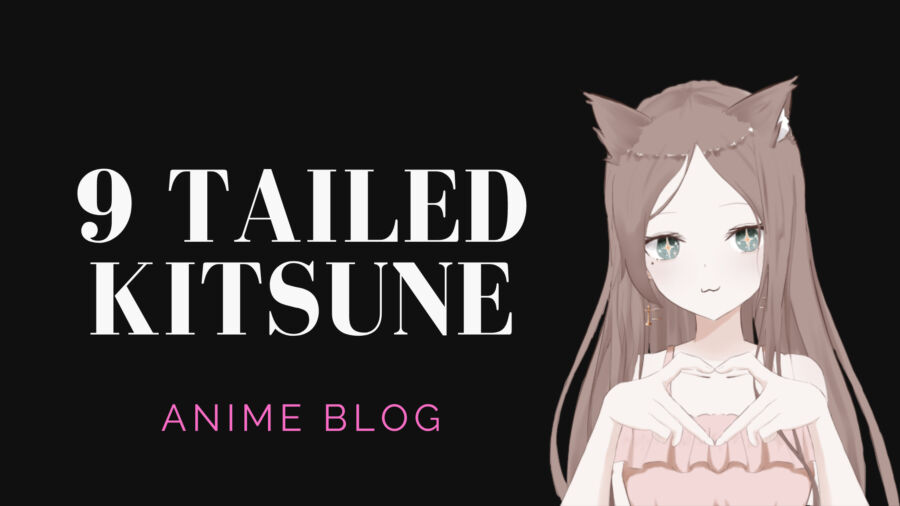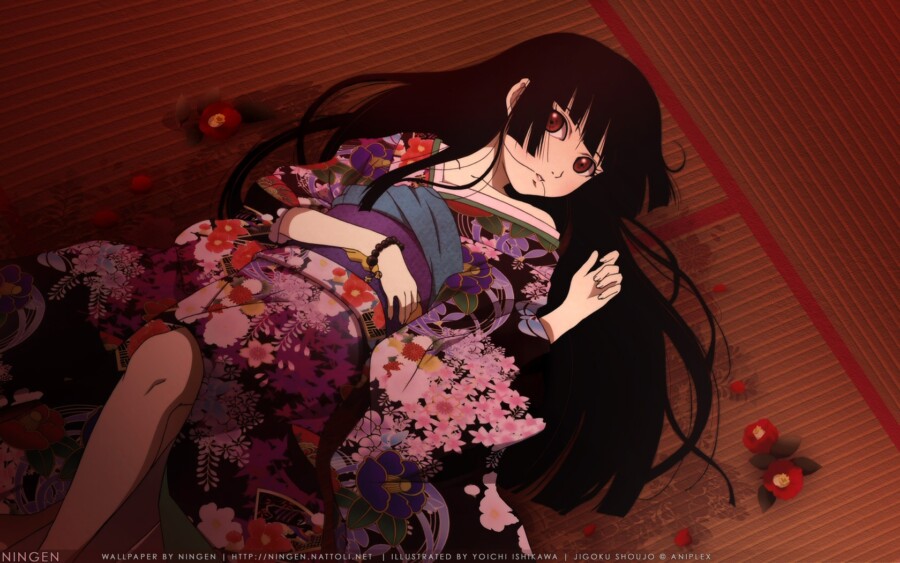Aired: October 5, 2005 – April 5, 2006
Genre(s): Drama, Horror, Mystery, Psychological, Supernatural
Length: 26 Episodes (25 min. per ep.)
Source: Original
Are you tired of navigating the ocean of seasonal cookie-cutter anime? Might I recommend checking out the fall 2005 series, Jigoku Shōjo: Girl from Hell, or in short Hell Girl?
Hell Girl is the brainchild of Hiroshi Watanabe. A talented animator, his credits include work on Elfen Lied, Fists of the North Star, Magical Princess Minky Momo, and Samurai Champloo.
Takahiro Omori would take the director’s helm, with production by Studio Deen. Takahiro Omori would go on to lend his talents to Natsume’s Book of Friends and Baccano!. Jigoku Shōjo would see its debut in the fall 2005 anime lineup.
Story
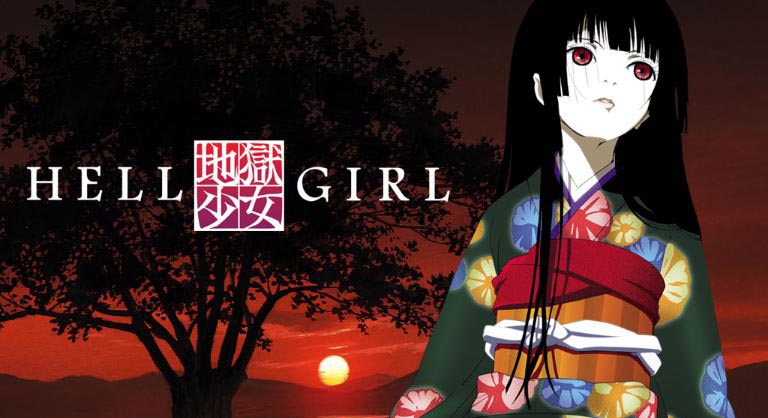
Hell Girl is a 26-episode anime of self-contained short stories. The episodes present a new bullied and tormented protagonist. With no end in sight, the victim pleads with Ai Enma to vanquish the tormentor. Hell Girl reaches out to the victim and presents them with a doll made of sticks. If the victim pulls the doll’s red string, Ai and the protagonist enter into a contract. Hell Girl and her friends will hasten the antagonist’s journey to the underworld. The only catch is that the victim will end up in the same place upon their death.
The legend of Hell Girl comes to the attention of a former reporter, Hajime Shibata. He crisscrosses the countryside interviewing people with knowledge of Ai. Hajime’s daughter, Tsugumi accompanies him and is able to see Hell Girl. The duo struggle about whether or not to intervene in order to save the immortal souls of the abused and abuser.
Art

In spite of being sixteen years old, I feel the animation in Jigoku Shōjo: Girl from Hell retains its haunting beauty.
Character designs are not offensive and their mechanics never seem janky. With credits on Kuroshitsjui and Horimiya, Haruko Iizuka is the series’ key animator. Her talented team uses shadows and color palettes to draw the viewer into each scene. This is important, as the series could quickly become confusing in its transition between the real world and the underworld.
A nitpick, Hell Girl does not have the same crispness that one expects with recent anime.
Music
The anime’s score is a product of Yasuharu Takanashi and Hiromi Mizutani’s successful teamwork. They blend contemporary and classical scores to enrich the series’ somber tone.
With the SNoW performing the opening, ‘Sakasama no Chō’ or ‘The Inversed Butterfly’ foreshadows the anime’s dark nature. Nato Mamiko sings ‘Karinui’ for the outro, which tells of vengeance’s end result.
Collectively, the musical talents for Jigoku Shōjo: Girl from Hell enrich the series viewing.
Script and Storyboards
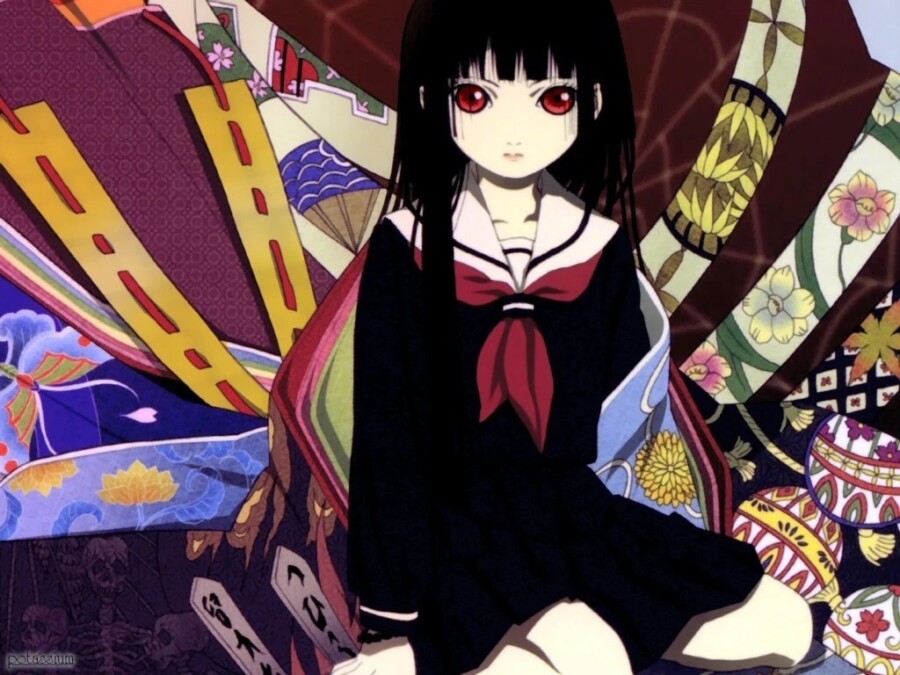
A gifted team of scriptwriters, storyboard artists, and editors lend their talents to Jigoku Shōjo.
Over its 26-episode run, a total of seven writers helped bring us this haunting tale. The writing staff included Kenichi Kanemaki, Maki Hiro, Natsuko Takahashi, among many others. They would also work on some of our favorite anime series, such as Natsume’s Book of Friends, Peach Girl, Sgt. Frog and Yona of the Dawn. With this said, the English dub could do with some improvement.
Story artists are the faceless workhorse of a series. Behind the scenes, they leave little to assess outside the end product. Much like the script writing, Hell Girl employs a hefty team of storyboard artists. This includes Hidetoshi Namura, Katsuyuki Kodera, Masashi Kojima and Koichi Ohata. Their credits include 91 Days, Ranma ½, Sankarea, and Vampire Hunter D. With a limited opinion, I think it is important to recognize this anime’s storyboard unit.
Sound
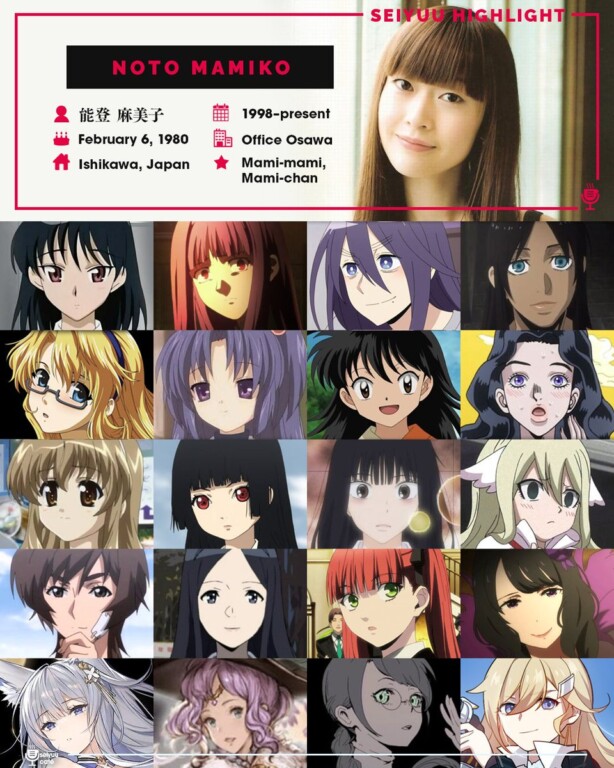
With credits on Death Note, Spy x Family, and other favorites, Shouji Hata is a talented sound engineer. His team employs sound effects, dialog, and music to maintain the series’ tempo.
The sub and dub quality is consistently clear throughout. Noto Mamiko is the voice of Ai Enma, with Andrea Kwan voicing Ai’s English dub. Their tone and inflection capture the protagonist’s grave undertaking. The dub quality is the product of the ADR Director, Tyler Walker.
Summary
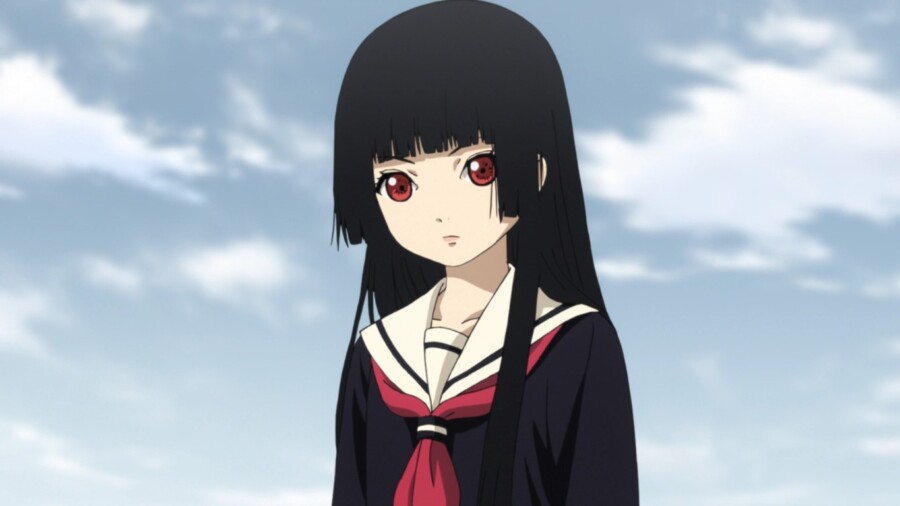
Hell Girl is an exploration into the psychology of abuse. The series’ depiction of violence may trigger some viewers. In spite of the sadism, the thought-provoking narrative is solid. The creator’s choice of art style and soundtrack invests the viewer into the narrative. Collectively, Jigoku Shōjo: Girl from Hell is worth giving a try.
Positives
- Aesthetically, the story does not break its dark themes.
- The opening and closing soundtrack complement the narrative.
- A unique take on the ‘deal with the devil’ tale.
- All characters are tragic and broken.
Negatives
- The story contains strong depictions of mental and physical abuse.
- This anime is older and may turn off some viewers.
